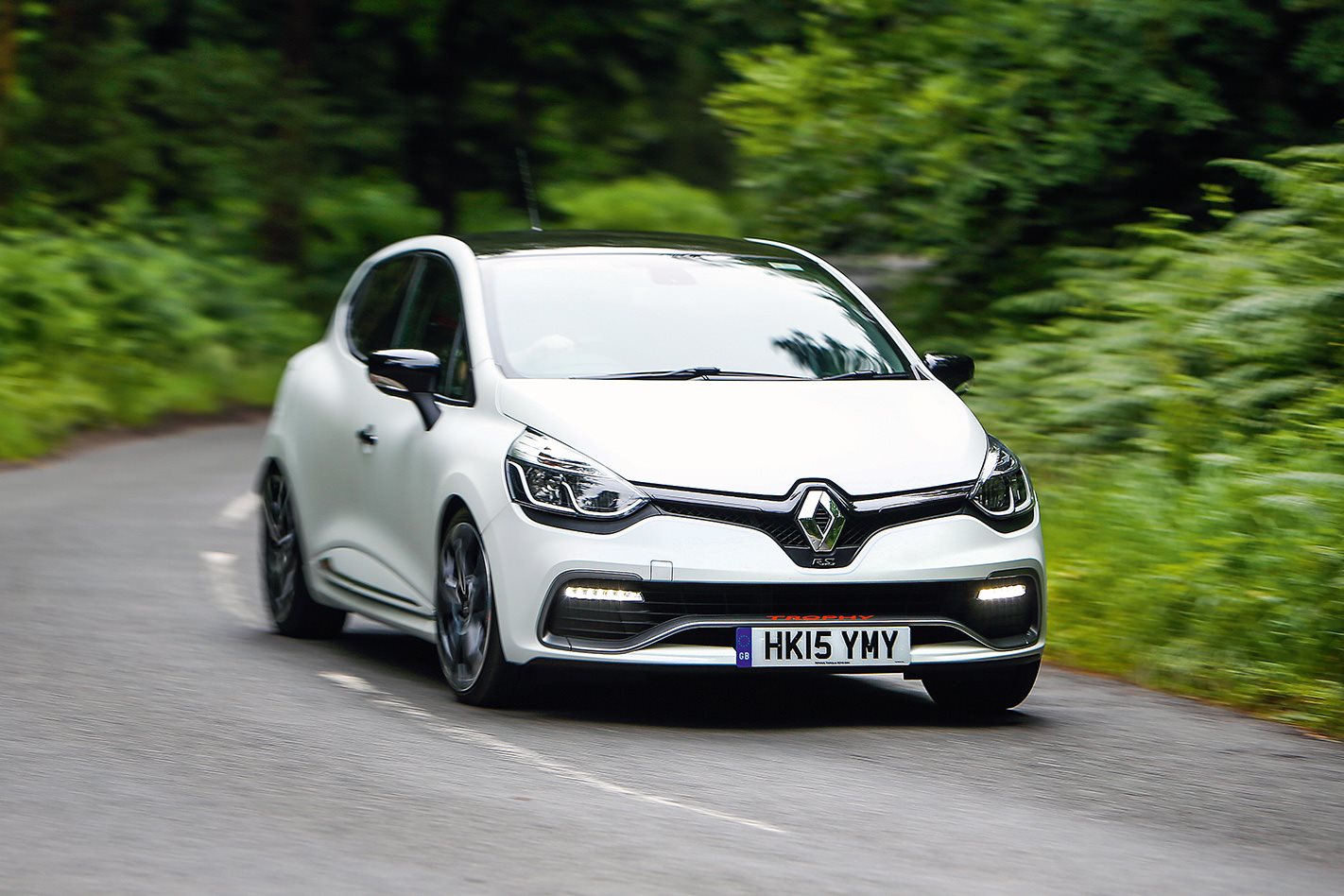It’s fair to say that, thus far, the current Renault Clio RS has been a disappointment.
Previous to it, four generations (five if you include the Williams) of the Renault Sport-fettled supermini were imperious, successive class leaders, and most were an object lesson in cheap fun. Their replacement managed to be none of these things, saddled as it was with too many doors, too little power and a fun-dampening EDC dual-clutch automatic gearbox.
Its shortcomings, one suspects, were not lost on Renault’s famed motorsport division, because many of them have been addressed in this, the 220 Trophy version. It’s still a five-door and still an automatic, but the ‘220’ in the name refers to a 10 per cent power hike to the car’s now Euro 6-compliant turbocharged 1.6-litre four-cylinder petrol engine, its new 162kW output distinguishing it from the 147kW variant still below it in the pecking order.
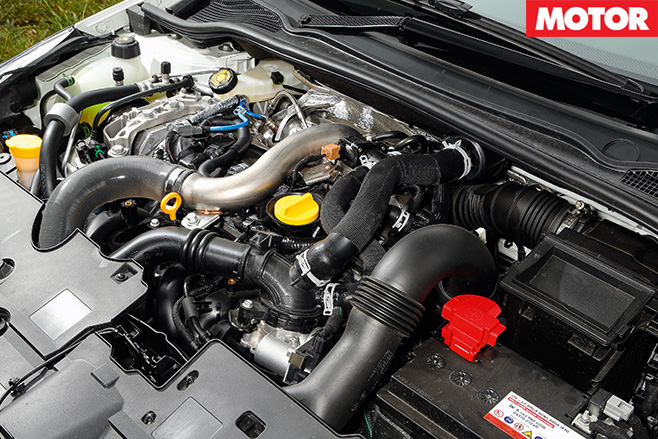
This includes substantially firmer springs (the rear twist beam has been stiffened by 40 per cent) and dampers to match. The steering ratio has been reduced, too, for more directness, and the standard 18-inch wheels are teamed with Michelin Pilot Super Sport tyres, for more traction.
There’s still no proper limited-slip diff (Renault’s RS Diff is an electronic emulator), but there is launch control and the potential for 5.9L/100km economy if you go nowhere near the former.

Everything else around you remains the same including the dull, hollow clunk of a gear selector more suited to a worn-out SUV than a new supermini. Renault has reduced the travel of the associated column-mounted paddles by 30 per cent, but there’s still no crispness or click to them, just a gummy ‘meh’ of wilting resistance.
This lack of fingertip fulfilment is all the more frustrating because shifts do indeed possess far more zip, which, happily, proves to be a merit of the Trophy in general. One of the turbocharged Clio’s most disappointing traits was an inability to feel remotely brisk when left in auto mode, but thanks to the extra torque – and an extra 20Nm that only the Trophy gets in fourth and fifth – the range-topper feels not only livelier but also easier to get along with.
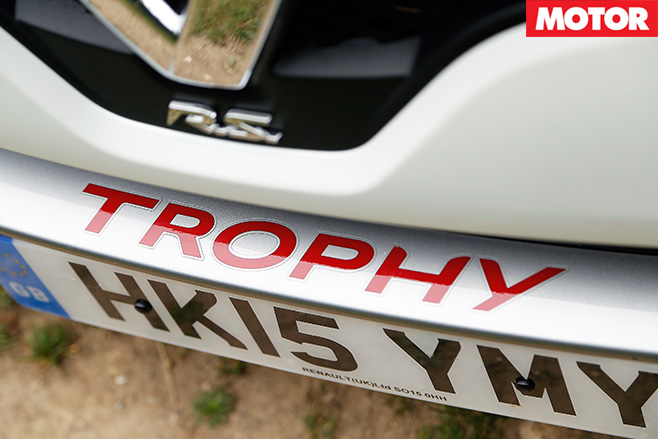
The result isn’t rampantly quick like an Audi S1 or Mini Cooper S (both a further leg up the ladder), but a Ford Fiesta ST might just find itself going backwards now. Don’t expect corners to slow it up much, either.
The Trophy lives up to its suspension’s billing, negating the 200’s weight transfer tendencies by barely dipping a wing at turn-in and thereafter transforming the engine’s faster, freer spin into a balanced and properly tacky mid-bend hunker – one made all the more palpable by a steering rack that has had some of the old responsiveness returned to it.
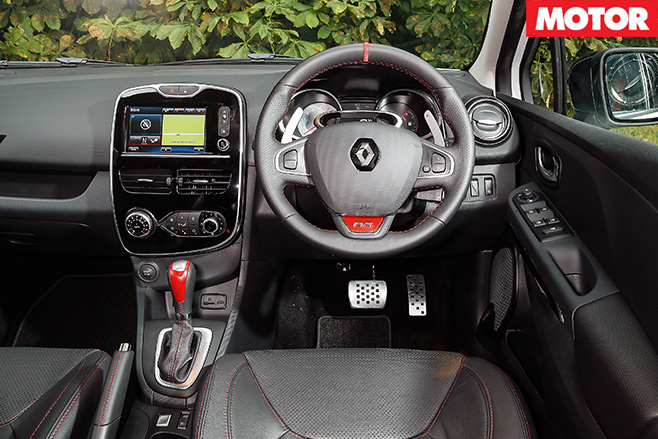
Clearly this speaks to the Trophy’s circuit-focused tuning – a stated objective – and is of the type that a right-minded niche buyer probably wouldn’t blanche at.
Whether the Clio still appeals to that kind of audience now, though, is questionable. Some of the old Dieppe pixie dust has been sprinkled here, but it settles only patchily on what is a resolutely expensive five-door, two-pedal product.
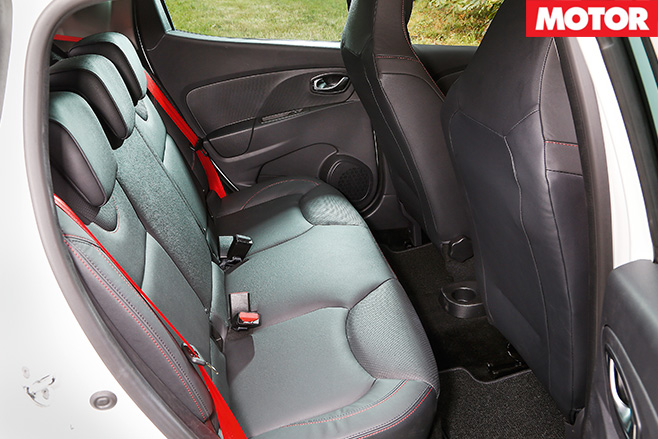
Rather than chasing lap times, Renault would have been better served here by simply splicing its improved powertrain to the existing Cup chassis and cleaving the asking price considerably.
As it is, the Trophy is still by far the best EDC-equipped Clio we’ve driven and a fine alternative to something like the Peugeot 208 GTi 30th. But its imperfections are marrow-deep and, for once, a single-minded special edition isn’t necessarily the solution.
4 out of 5 stars
Specs Engine: 1618cc inline-4, DOHC, 16v, turbo Power: 162kW @ 6050rpm Torque: 260Nm @ 2000rpm Weight: 1204kg 0-100km/h: 6.6sec (claimed) Price: $39,990 (estimated)

